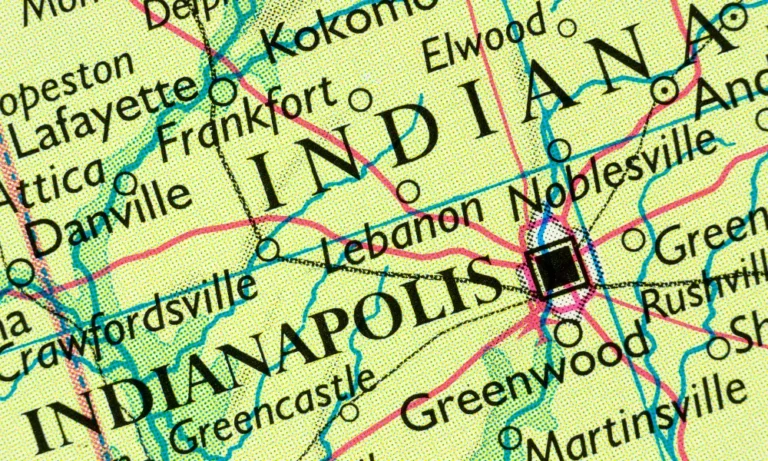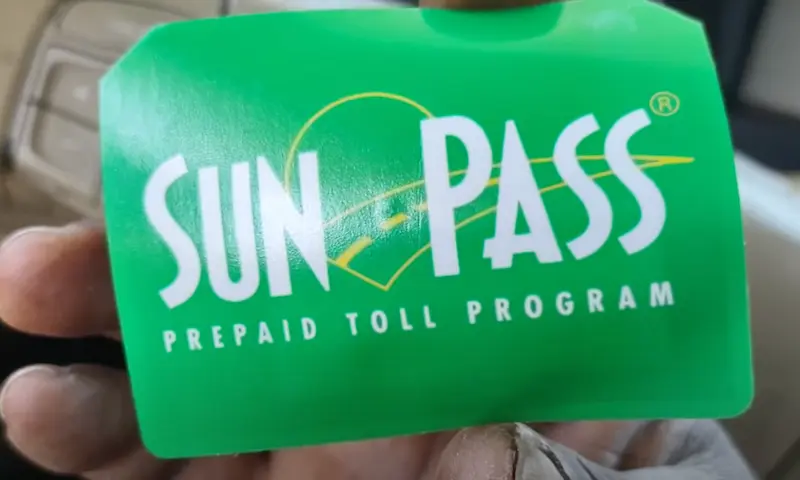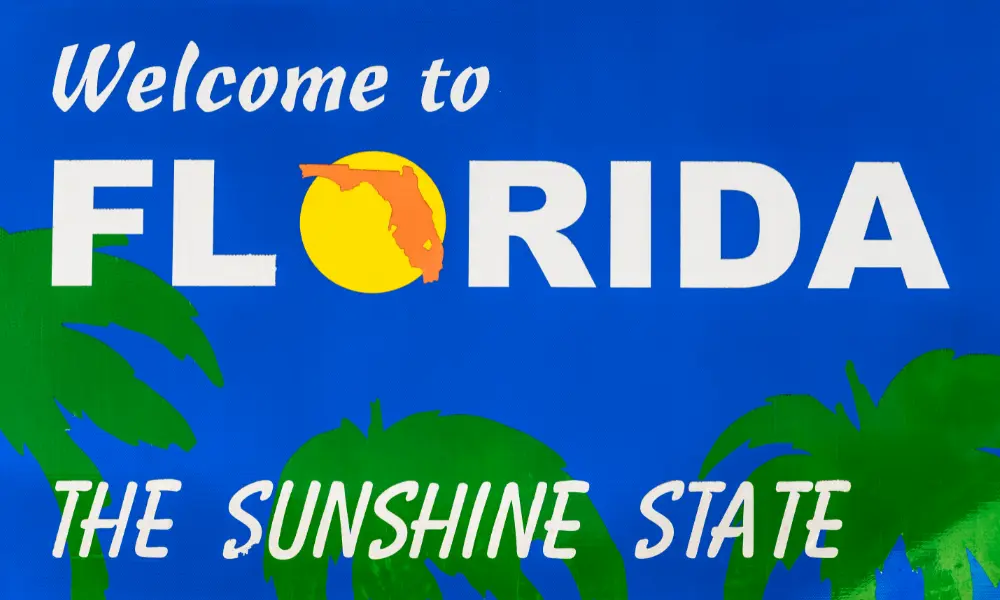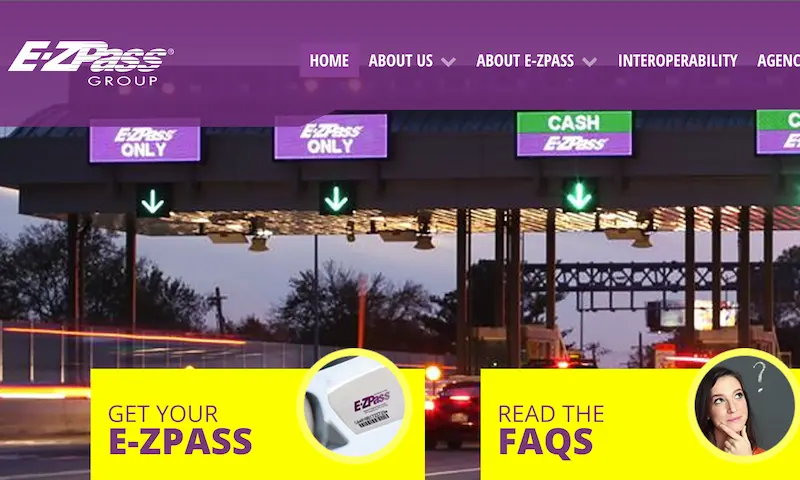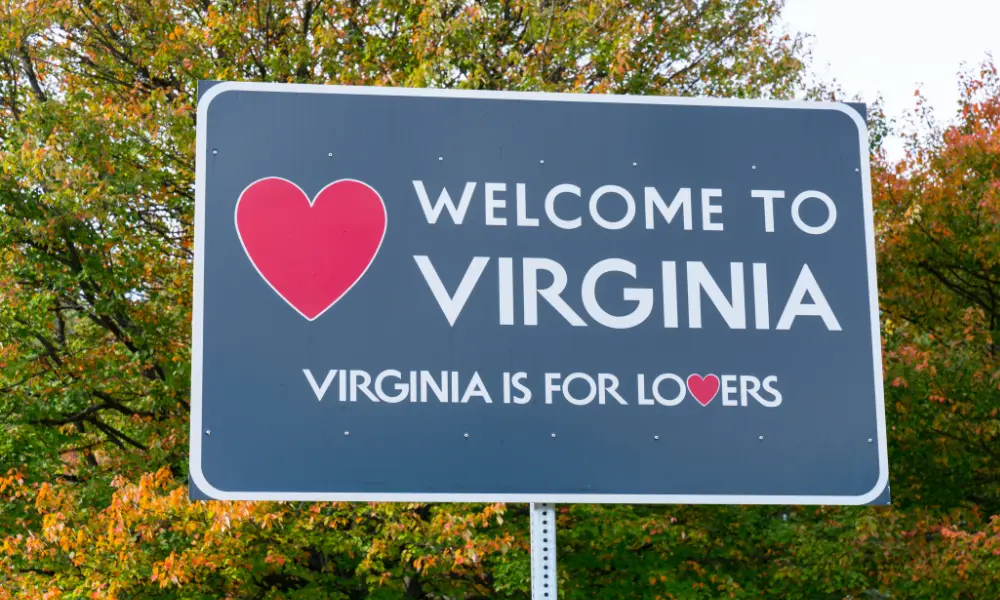Ever wonder who’s collecting those tolls when you drive across northern Indiana? The Indiana Toll Road has a fascinating ownership story that’s different from most American highways. It’s actually a prime example of what happens when public infrastructure meets private investment. Let’s dig into who really controls this 157-mile stretch of roadway that connects Ohio to Illinois.
The Basic Answer: Who Actually Owns the Indiana Toll Road?
The State of Indiana technically owns the physical Indiana Toll Road. However, the right to operate it and collect tolls belongs to a private consortium led by IFM Investors, an Australian infrastructure fund manager backed by pension funds. This arrangement exists through a lease agreement that runs until 2081.
This isn’t your typical highway ownership situation. The state maintains ultimate ownership while private companies handle day-to-day operations and collect revenue. Think of it like renting an apartment – the landlord owns the property, but you control what happens inside during your lease.
The Original Lease Deal: How Control Changed Hands
In 2006, Indiana made headlines when Governor Mitch Daniels engineered a massive deal to lease the toll road to private operators. The Indiana Toll Road Concession Company (ITRCC), a partnership between Spanish firm Cintra and Australian company Macquarie, offered the state a staggering $3.8 billion upfront payment for a 75-year lease.
This transaction was part of Indiana’s “Major Moves” initiative, which:
- Generated immediate funds for statewide transportation projects
- Transferred operational risks to the private sector
- Required the private operator to invest in road improvements
The deal meant that while Indiana maintained ownership, private companies would handle everything from toll collection to road maintenance for three-quarters of a century.
The Bankruptcy and Ownership Change
The original lease deal hit major turbulence in 2014. The Cintra-Macquarie partnership had invested roughly $300 million in upgrades, but the 2008 financial crisis and lower-than-expected traffic volumes created financial problems. The ITRCC filed for bankruptcy in 2014, just eight years into the 75-year agreement.
For Indiana taxpayers, there was a silver lining: the state had already received its $3.8 billion payment, and the bankruptcy didn’t interrupt toll road operations. The lease agreement remained intact – it just needed a new operator.
Current Ownership: IFM Investors Takes Control
In 2015, IFM Investors emerged as the new operator when they acquired the ITRCC out of bankruptcy for $5.725 billion. This Australian investment manager specializes in infrastructure and represents over 70 U.S.-based pension funds.
Since taking over, IFM has implemented a strategic ownership approach:
- When they first acquired the toll road in 2015, IFM’s Global Infrastructure Fund (GIF) owned 100% of the operating rights
- Over time, they’ve brought in strategic partners to diversify ownership
- By 2025, the ownership structure evolved to include:
- IFM GIF: Approximately 70% ownership
- CDPQ (a Canadian pension fund): 15% stake
- CalPERS (California’s public employee pension fund): 10% stake
- Allstate Insurance: Minority interest (approximately 5%)
This diverse ownership reflects a trend toward pension fund investment in critical infrastructure assets. The partnership with CDPQ particularly strengthened the financial foundation of the toll road operation.
How the Lease Agreement Works
The relationship between Indiana and the private operators is governed by a detailed Concession and Lease Agreement. Here’s what that entails:
| Aspect | Details |
|---|---|
| Term | 75 years (2006-2081) |
| Revenue Rights | ITRCC has exclusive toll collection rights |
| Rate Limitations | Toll increases follow state-mandated caps |
| Investment Requirements | Operators must fund all maintenance and upgrades |
| End of Lease | The road reverts to state control in “like-new” condition |
The agreement creates a framework where private operators have strong incentives to maintain high-quality infrastructure while providing a reliable return for their investors. The Indiana Finance Authority oversees compliance with these terms.
Major Improvements Under Private Management
Since taking over in 2015, IFM Investors has implemented significant upgrades to the Indiana Toll Road:
The “80/90 PUSH Project” invested $200 million to:
- Repave 73 miles of Interstate 80/90
- Rehabilitate 67 bridges
- Install advanced traffic monitoring systems
Additional improvements include:
- Full implementation of electronic cashless tolling
- Safety enhancements that reduced accident rates by 22%
- Dynamic message signs and improved incident response teams
These investments demonstrate how the private operators aim to increase efficiency and safety while protecting their long-term investment. The project portfolio on IFM’s website showcases these improvements in detail.
Economic Impact of the Indiana Toll Road
The toll road isn’t just a transportation corridor – it’s an economic engine for northern Indiana. Under current management:
- Over 1,200 direct jobs are supported by toll road operations
- Approximately $450 million in annual regional economic activity is generated
- Ongoing capital projects are expected to create 5,000 construction jobs through 2030
These economic benefits extend beyond the toll road itself, affecting communities along the 157-mile route. Local businesses, from gas stations to hotels, benefit from the efficient transportation infrastructure.
Criticisms and Controversies
The private operation of the Indiana Toll Road hasn’t been without controversy. Common criticisms include:
Foreign Ownership Concerns
When the lease was first announced, many Hoosiers expressed concerns about foreign companies controlling such an important piece of state infrastructure. These concerns have somewhat diminished as pension fund ownership (including U.S. pension funds through IFM) has replaced direct foreign corporate control.
Toll Rate Increases
Predictably, toll rates have increased under private management. While these increases follow the formula established in the lease agreement, they’ve still faced public resistance. Commercial truck tolls, in particular, have seen significant increases.
Financial Sustainability Questions
The 2014 bankruptcy raised questions about the long-term viability of such arrangements. IFM has responded by implementing more conservative traffic projections and a less leveraged financial structure.
The Future of the Indiana Toll Road
Looking ahead, the Indiana Toll Road lease has 56 years remaining (as of 2025). During this period:
- IFM and its partners will continue investing in modernization
- Toll rates will increase according to the contractual formula
- Technology upgrades, including smart road features, will likely be implemented
Eventually, in 2081, operational control returns to the State of Indiana. The lease requires that the road be returned in excellent condition, ensuring the state receives a well-maintained asset.
The Indiana Model: A Blueprint for Infrastructure Partnerships?
The Indiana Toll Road experience offers valuable lessons for other states considering similar public-private partnerships:
- Long-term leases can generate immediate capital for other infrastructure needs
- Proper contract structuring can protect public interests even through operator changes
- Private operators may bring efficiency improvements and technology innovations
- Balancing toll affordability with investment requirements remains challenging
As the Federal Highway Administration’s case study notes, the Indiana Toll Road demonstrates both the potential and pitfalls of infrastructure privatization. While financial challenges have occurred, the overall physical condition of the road has improved under private management.
How the Indiana Toll Road Compares to Other Privatized Highways
The Indiana Toll Road isn’t the only privately operated highway in the United States, but it represents one of the most significant examples. When compared to other privatized roadways:
| Highway | Length | Lease Term | Initial Payment | Current Operator |
|---|---|---|---|---|
| Indiana Toll Road | 157 miles | 75 years | $3.8 billion | IFM Investors |
| Chicago Skyway | 7.8 miles | 99 years | $1.83 billion | Canadian pension funds |
| Virginia’s I-495 HOT Lanes | 14 miles | 80 years | N/A (new construction) | Transurban |
The Indiana deal falls somewhere in the middle regarding lease length but represented one of the largest upfront payments for an existing toll road. Its bankruptcy and subsequent acquisition by pension funds also makes it a unique case study in infrastructure financing.
The Manhattan Institute’s comparative analysis of privatized infrastructure suggests the Indiana model has been more successful than some other high-profile privatization efforts.
Understanding Your Toll Payments
When you pay a toll on the Indiana Toll Road, your money flows through several channels:
- Toll revenues first cover operational expenses and maintenance costs
- A portion funds ongoing capital improvements to the roadway
- Some revenue services the debt that IFM took on to acquire the operating rights
- The remainder generates returns for the pension fund investors
Unlike taxes that go to the general government budget, these toll payments directly support the road’s operations and improvements. The official Indiana Toll Road website provides transparency about how funds are used.
The Role of Government Oversight
While private companies operate the toll road, government oversight remains significant. The Indiana Finance Authority and Indiana Department of Transportation maintain monitoring roles:
- Regular inspections ensure compliance with maintenance standards
- Performance metrics track service levels and safety records
- Annual reports document financial performance and capital investments
This oversight information is publicly available, allowing citizens to monitor how well the private operators are fulfilling their obligations.
The Bottom Line: A Hybrid Ownership Model
So, who owns the Indiana Toll Road? The answer reflects a hybrid model increasingly common for major infrastructure:
- The State of Indiana maintains legal ownership of the physical asset
- IFM Investors and its partners (primarily pension funds) hold the rights to operate the road and collect tolls until 2081
- Both entities have clear responsibilities and benefits under their agreement
This arrangement demonstrates how public ownership can coexist with private operation, potentially offering advantages over either purely public or purely private models. The toll road serves as a critical transportation link while generating returns for the retirement funds of teachers, firefighters, and other public employees whose pensions are invested through IFM.
As you drive along this 157-mile corridor, you’re experiencing a unique ownership experiment that continues to influence infrastructure policy nationwide.

